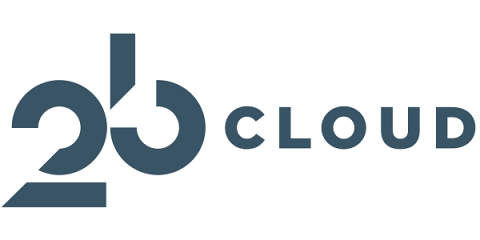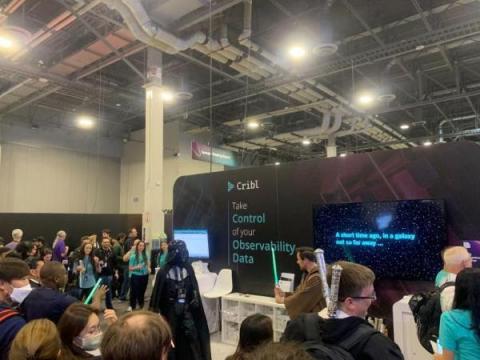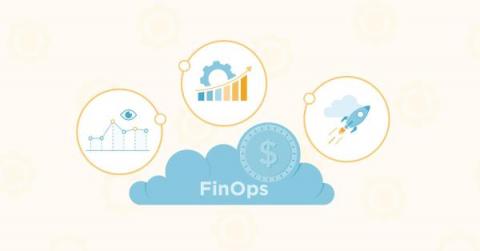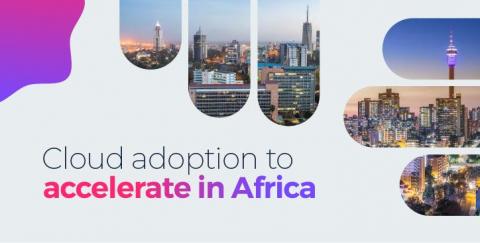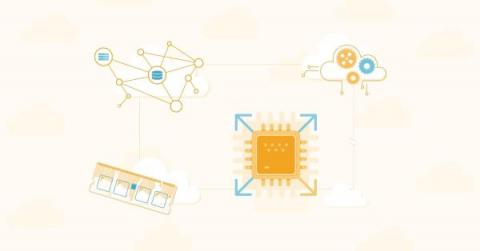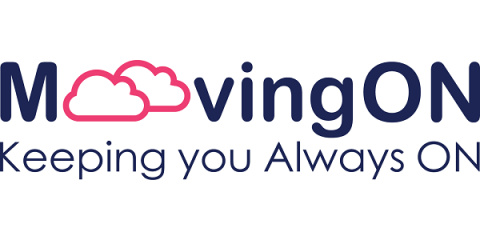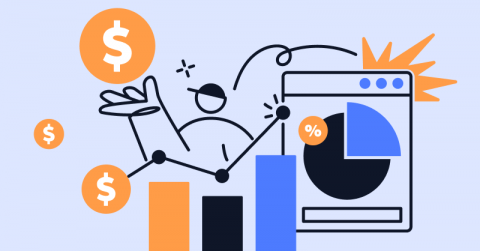AWS monitoring: Metrics that matter
Amazon Web Services is a major cloud services platform used by companies around the globe. Its cost-effectiveness and high agility has helped brands across all categories, verticals, and sizes scale their services quickly and efficiently. With many organizations now leveraging AWS resources to develop, build, and run business-critical applications in the cloud, it is important to track and monitor the performance of these services in real time to avoid unexpected issues.



